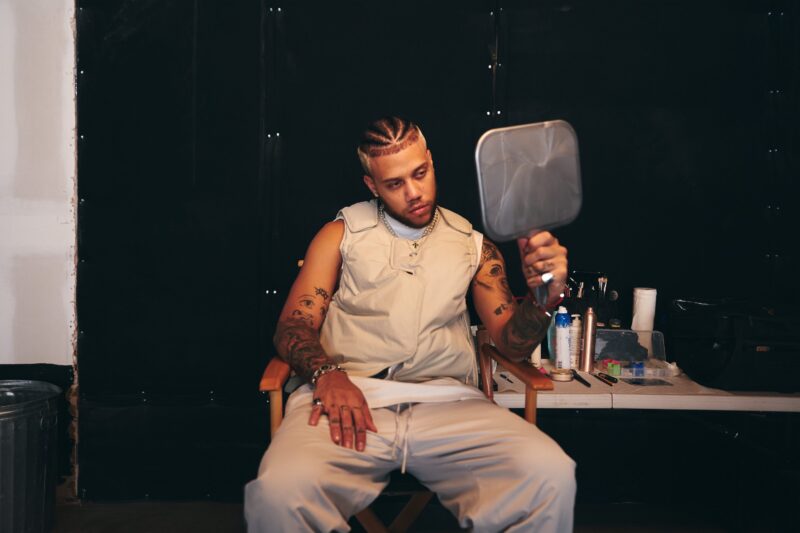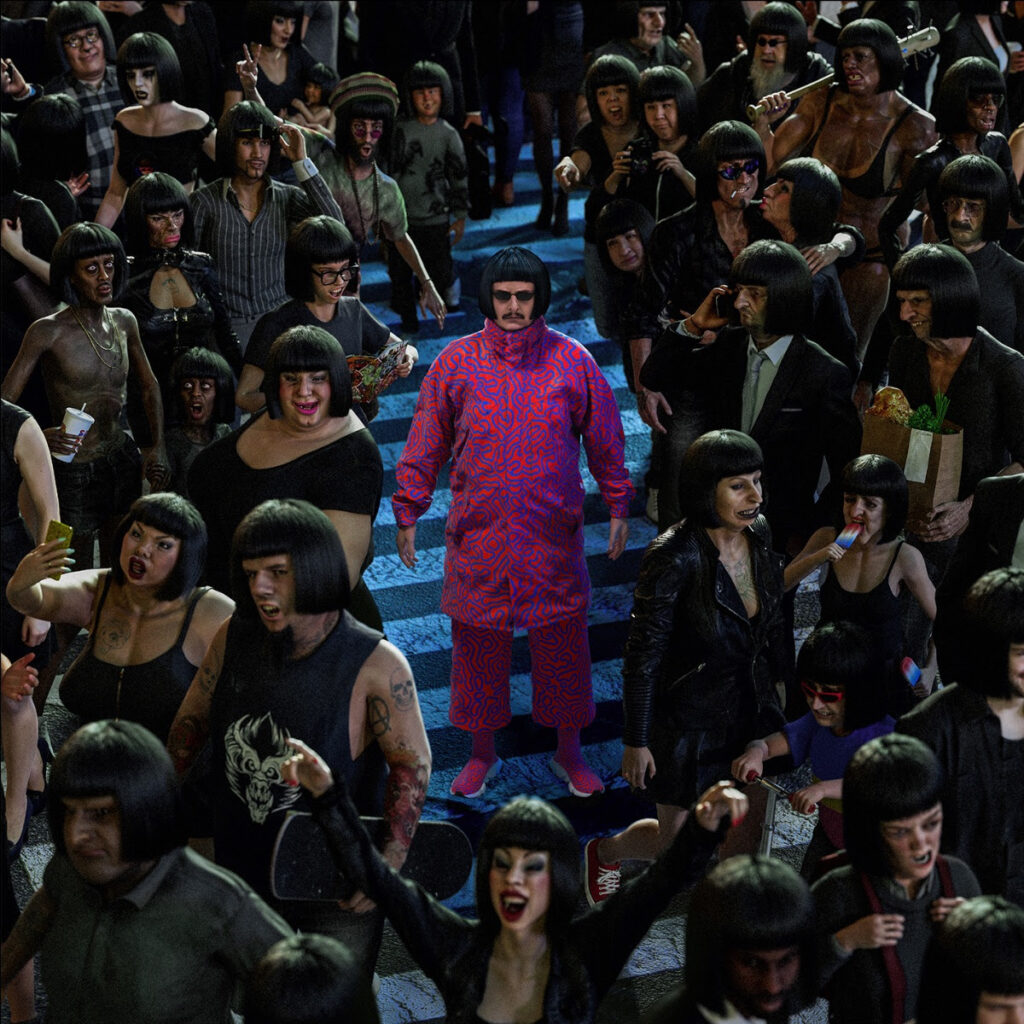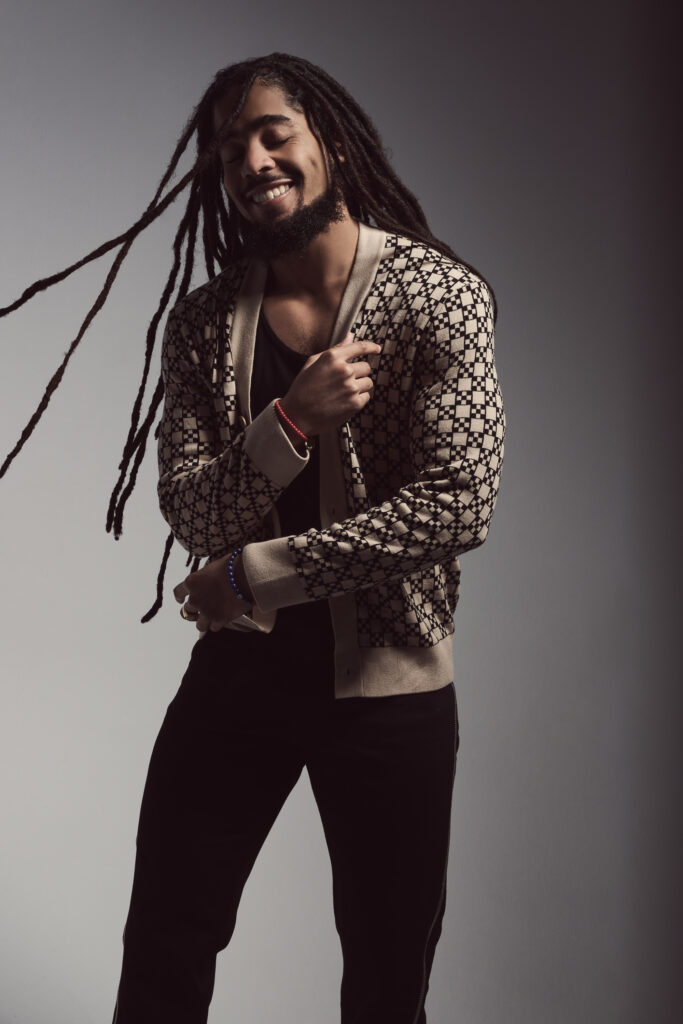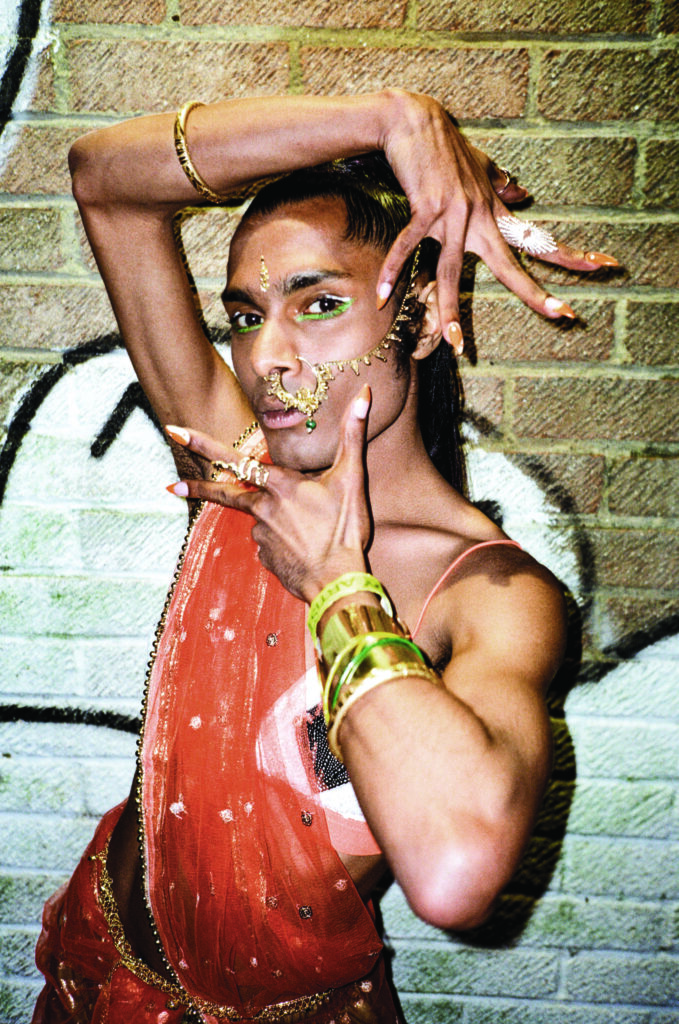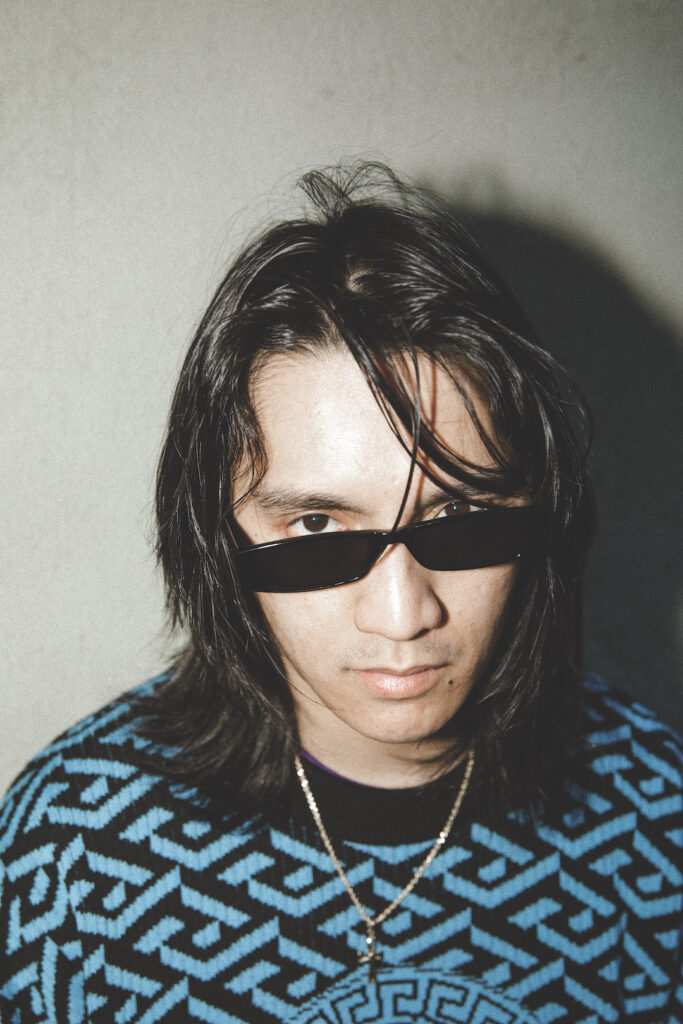Rising Reggeaton Star Jhay Cortez Shares Inpirations Behind His Latest Album “Timelezz” and Plan For the Future
Words by E.R. Pulgar
Photos by Jesse Lirola
Translated by Sarah Awan
It’s nearing the end of summer y el cuerpo lo sabe as girls clad in Daisy Dukes shiver and huddle next to boys in billowing shirts and fresh fades. This is the scene on a September night in NYC where the line of waiting people stretches well past 176th street. Partly because of social distancing protocols, but mostly because Jhay Cortez is headlining this evening to celebrate the release of his sophomore album, Timelezz.
On a Zoom the day before I asked him about the new record and its amalgam of genre smashing tracks: “I love salsa … reggae and Skrillex’ latest, “Butterflies”– reggaetón is the only genre where you can do everything and where everything is happening. It’s become a universal and global genre, and for something to truly be global it’s got to have a bit of everything.”
Then it’s very fitting that his show tonight is at the United Palace theatre, described by the New York Times as designed in the “Byzantine-Romanesque-Indo- Hindu-Sino-Moorish-Persian-Eclectic-Rococo-Deco” style. Perfect. Amid ornate gold detailing and statues of bodhisattvas, two DJs hype up the crowd with Latin trap and the Jamaican bounce known as dem- bow. People are feeling it to the tune of hits like Daddy Yankee’s “Lo Que Pasó, Pasó”, Tego Calderón’s classic “Pa’ Que Retozen”, El Alfa’s newer track “La Mamá de la Mamá”, and Jowell & Randy’s aptly-named “Se Acabó La Cuarentena” [Quarantine is Over]. But it’s the Bad Bunny x Jowell & Randy x Ñengo Flow hit “Safaera” that sets the place on fire as throngs of people scramble to the dance floor to answer the DJ asking:
“¿Quién vino a perrear hoy?”
[“Who’s ready to dance reggaetón?”]
An uproarious choir of voices scream that they are, in fact, very ready. Not long after, the lights go down and the room goes red to welcome the star of the show. Jhay finally appears, face covered in a bala- clava crowned with horns as he launches into “Kobe En LA 2.0”, a bravado-heavy, six-minute, experimental, 2.0 reimagining that serves as Timelezz’s intense pen- ultimate track. “It’s a song that’s super special to me because I express my faceted personality,” he says. “I like dark things, dark beats…I’m fairly dark myself, darks like people are saying these days” he says, referring to the goth-ish aesthetic of a subgenre called reggaetón darks and typified by groups like Friolento.

Born Jesús Nieves Cortez, Jhay Cortez is an art- ist listening to all kinds of musical bents and finding his own truth in the postmodern alchemy of cross- genre work. From his #1 dance smash, “Dákiti” with Bad Bunny to his feat. on alt-siren Kali Uchis’ sensual alt-popetón track “la luz(Fin)” to recording his own album between Puerto Rico, Miami and Los Angeles, this is a musician with a producer’s ear, borrowing, mix- ing and reinventing.
The new album is a journey that begins with airy synths on “Dilema” and moves onto a variety of club- ready hits pulsating with a classic reggaetón beat as on “Los Rompediskoteca” and “Christian Dior.” And also trap on “Nos Matamos”, and his collab with Arcangel on “Los Bandoleros”, then further genre-bending assists from EDM household name Skrillex— “a dream come true,” Cortez confides. Timelezz also includes Puerto Rican indietronica duo Buscabulla. This risky genre roulette seems to give the public exactly what they want as Timelezz debuted at No. 2 on Billboard’s Top Latin Albums Chart.
He hasn’t stumbled onto this success without study. Before 2019 put him on the map with his global smash “No Me Conoce” (remixed by Bad Bunny and J. Balvin) he was producing and writing for other reggaetón art- ists. He’s proudly served on behind-the-scenes work with titans like Yandel and Tito El Bambino — the inno- vator behind the Hindi-Spanish bhangratón (!) hit “Flow Natural” that lit up dance floors around the world.

All of this gave Cortez a fertile environment in which to absorb valuable teachings. He pays homage to his coming up on “Dile (Homenaje)”, — a nod to genre pioneer Don Omar. The dreamy track travels through desire, dusted with salsa and bachata to reference the high-energy classic salsatón of the same name. Reggaetón is nothing if not a genre of generations steadily building from legacy to legacy. “I feel like [reggaetón artists] are visionaries who are clear about how to elevate our genre to other creative territory. I personally want to do everything. I love fashion; I’d love to collaborate with designers that are hard like Four By Four Clothing. I want to act, that’s another love of mine and after I reach a certain level musically, I would love to explore it more. I just like to focus on one thing at a time and do it well before I devote my attention elsewhere.”
As he says this I’m reminded again of his eclectic record, and the gentle way that it concludes to the murmur of Raquel Berrios’ cooing along to the sparest of instrumentation on “Eternamente.” The lead vocalist of Buscabulla closes the album like a calm after the storm and Cortez jokes that it’s what makes his record superbly dynamic: a soft ending. He compares it to coming up for fresh air at the end of an album rife with a maelstrom of trap, reggaetón and deep house.

The day after we share these subtleties of style, he’s on stage flashing a brilliant smile, while catching bras and panties and tearing through a set of danceable hits set to vaporwave graphics on the screen behind him. His Latin trap king swagger has mythologic proportions. Like the myths of old, Jhay is a young hero, born from greats, slaying misconceptions to master his craft and establish a legacy. If he was a Greek myth, Cortez’ trajectory would be that of a Perseus donned in Versace who against apocalyptic odds and a pantheon of per- formers with similar flow, conquers Medusa, wears her as a belt and keeps it fucking weird.
@jhaycortez
